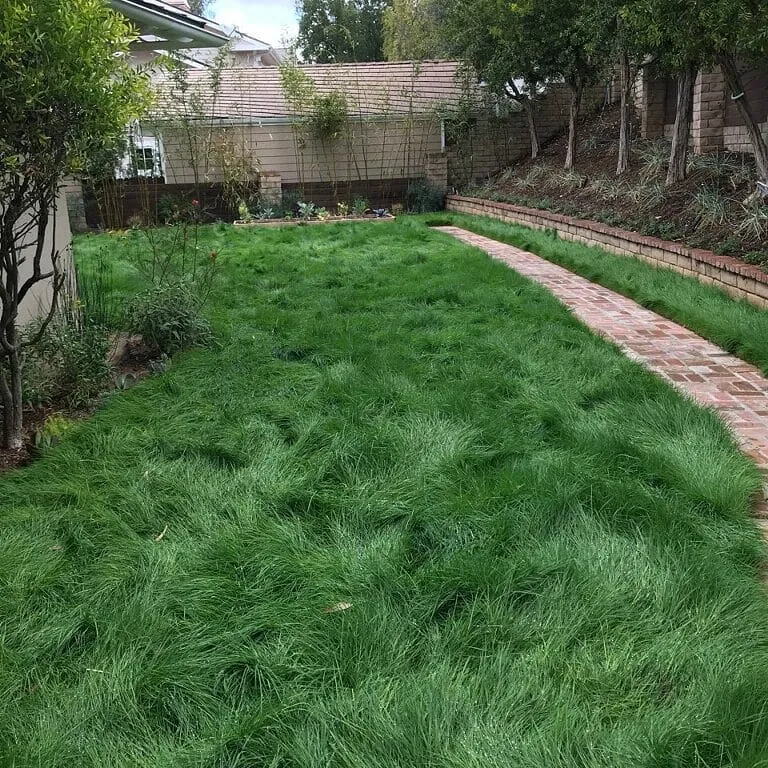Hoya Deykeae: A Jewel Among Hoyas
As a passionate plant collector, I’ve encountered many captivating varieties, but the Hoya Deykeae holds a special place in my heart. This stunning succulent boasts not only captivating aesthetics but also surprising resilience. In this guide, I’ll answer your burning questions about the Hoya Deykeae, making it a breeze to cultivate this tropical gem.
566 Species in Genus Hoya
Where Does the Hoya Deykeae Hail From?
The Hoya Deykeae originates from the Indonesian island of Sumatra, a treasure trove of biodiversity. This island boasts a warm, humid climate, which the Hoya Deykeae thrives in. Sadly, deforestation threatens Sumatra’s ecological balance, making responsible plant sourcing crucial.
Unpacking the Allure: Appearance and Distinctions
The Hoya Deykeae is a visual feast. Its heart-shaped leaves, generously sized, showcase a deep green base adorned with prominent, darker veins. Some leaves even exhibit the coveted silver flecks, a hallmark of many Hoyas. These captivating features have earned it comparisons to both the sweetheart Hoya (Hoya kerrii) and the Silver Dollar Hoya (Hoya callistophylla).
But the resemblance goes beyond aesthetics. Genetically, the Hoya Deykeae shares closer ties with the Hoya vitellinoides. This heritage is evident in its growth habit – a charming combination of trailing and twining.
Unveiling the Blooms: A Fragrant Delight
The Hoya Deykeae’s beauty extends beyond its foliage. It produces clusters of light yellow flowers that emit a faint, delightful citrusy fragrance. These blooms add a touch of whimsy and a burst of color to your indoor haven.
Here’s a valuable tip: resist the urge to prune the flower stalks (peduncles) after flowering. Hoyas, including the Deykeae, have the remarkable ability to rebloom from the same stalk repeatedly. Patience is rewarded!
How to care for Hoya Deykeae?
The Hoya Deykeae is a relatively low-maintenance plant, making it ideal for both seasoned and novice plant parents. Here’s the key to keeping your Hoya Deykeae thriving:
- Light: Bright, indirect light is optimal. Avoid harsh, direct sunlight, which can scorch the leaves. East-facing windows are perfect spots.
- Temperature: The Hoya Deykeae flourishes in temperatures between 60 and 85 degrees Fahrenheit (15.5 to 29.4 degrees Celsius). Aim for a consistent temperature range to prevent stress.
- Watering: The mantra for watering a Hoya Deykeae is “less is more.” Allow the soil to dry completely between waterings. Overwatering is a leading cause of problems, so err on the side of underwatering.
- Humidity: While the Hoya Deykeae tolerates average household humidity, it thrives in a more humid environment. Grouping your Hoya Deykeae with other humidity-loving plants or using a pebble tray can create a more favorable microclimate.
- Soil: A well-draining succulent or cacti mix is ideal for the Hoya Deykeae. Ensure the pot has drainage holes to prevent waterlogging.
- Fertilization: A balanced fertilizer diluted to half strength can be applied during the growing season (spring and summer) once a month. Avoid over-fertilizing, which can damage the roots.
Common Challenges and Solutions
While the Hoya Deykeae is generally a trouble-free plant, a few common issues can arise. Here’s how to tackle them:
- Yellowing Leaves: This often indicates overwatering. Adjust your watering schedule and allow the soil to dry completely before watering again.
- Leaf Curl: This can be caused by underwatering, incorrect light levels, or pests. Check the soil moisture, adjust light exposure if necessary, and inspect for pests.
- No Blooms: Several factors can hinder blooming, such as insufficient light, inadequate fertilization, or repotting during the blooming cycle. Provide adequate light, fertilize during the growing season, and avoid repotting a blooming Hoya Deykeae.
Hoya Deykeae vs. Hoya Kerrii: A Side-by-Side Look
Both the Hoya Deykeae and the Hoya kerrii (sweetheart Hoya) capture hearts with their heart-shaped leaves. However, some key distinctions set them apart:
- Size: The Hoya Deykeae boasts larger leaves compared to the Hoya kerrii.
- Veination: The Hoya Deykeae features prominent, darker veins, while the Hoya kerrii’s veins are typically less pronounced.
- Growth Habit: The Hoya Deykeae exhibits a trailing and twining growth habit, whereas the Hoya kerrii is primarily a compact, climbing plant.
- Blooms: The Hoya Deykeae produces clusters of light yellow flowers, while the Hoya kerrii’s blooms are typically pink or white with a darker center.
- Rarity: The Hoya Deykeae is a less common variety compared to the widely available Hoya kerrii.
Ultimately, the choice between these two charming Hoyas boils down to personal preference.
Sharing the Joy: Propagation Techniques
Propagating your Hoya Deykeae is a rewarding experience, allowing you to share its beauty or expand your collection. Here are two popular methods:
- Stem Cuttings: Take a healthy stem cutting with a few nodes. After removing the lower leaves, allow the cut end to callous over for a day or two. Plant the cutting in a well-draining potting mix and keep it moist but not soggy.
- Leaf Cuttings: While less successful than stem cuttings, leaf propagation offers a challenge for the adventurous plant parent. Select a healthy leaf with its petiole (leaf stalk) attached. Plant the petiole in a well-draining medium and maintain consistent moisture. With patience, new growth might emerge from the base of the petiole.
Following these simple guidelines will equip you to cultivate a thriving Hoya Deykeae. This captivating plant, with its stunning foliage and fragrant blooms, is sure to become a cherished addition to your indoor oasis. Remember, the key lies in understanding its needs and providing the right environment for it to flourish. Happy growing!
If i die, water my plants!



